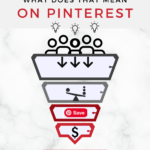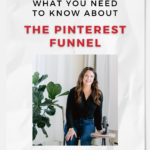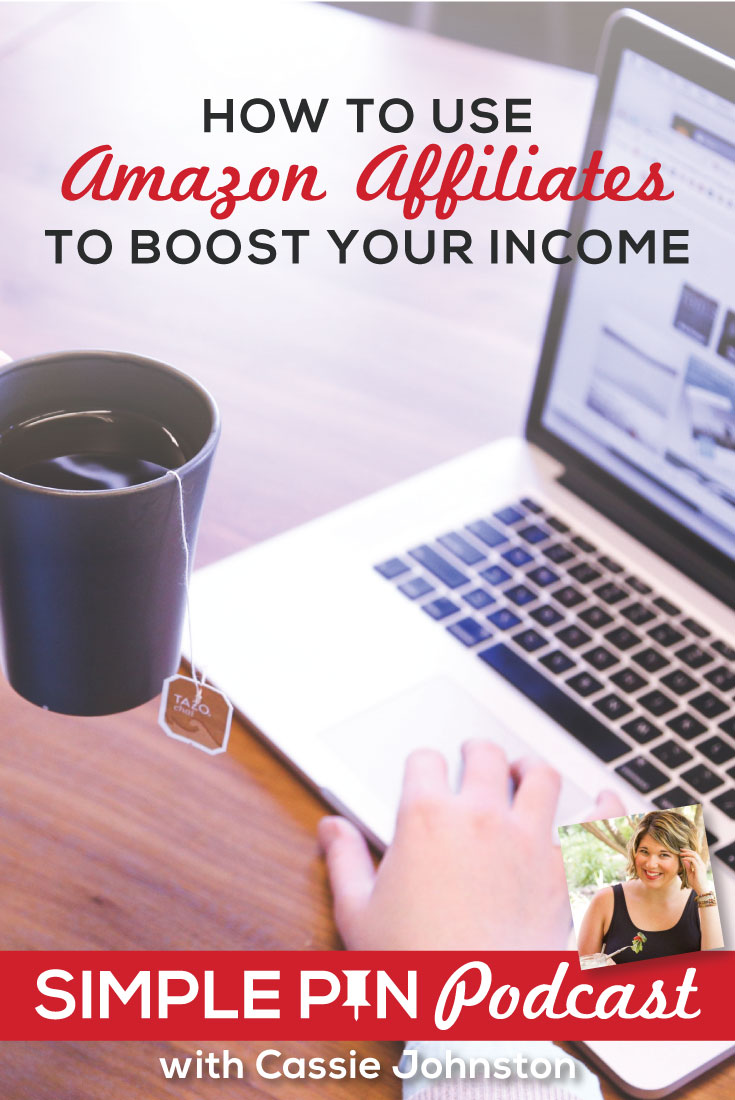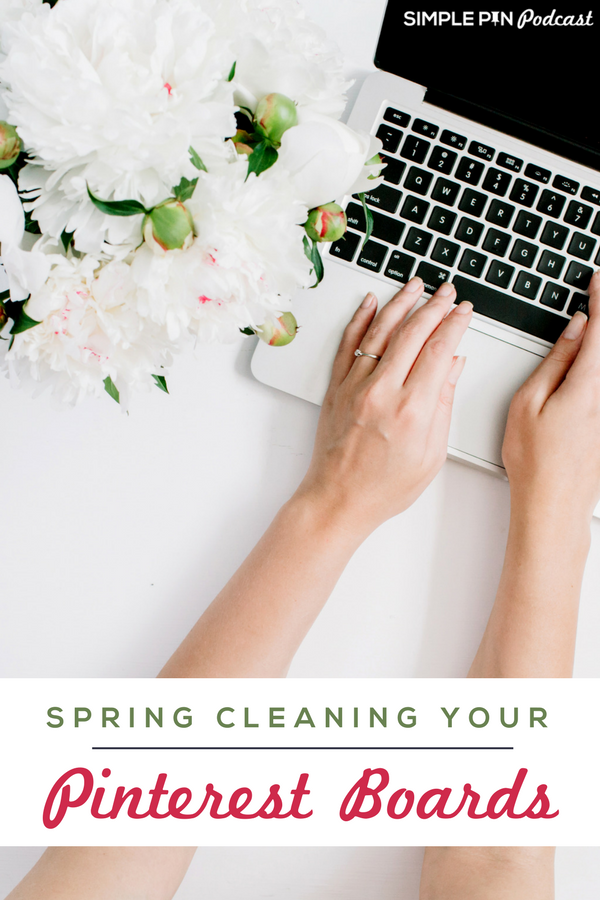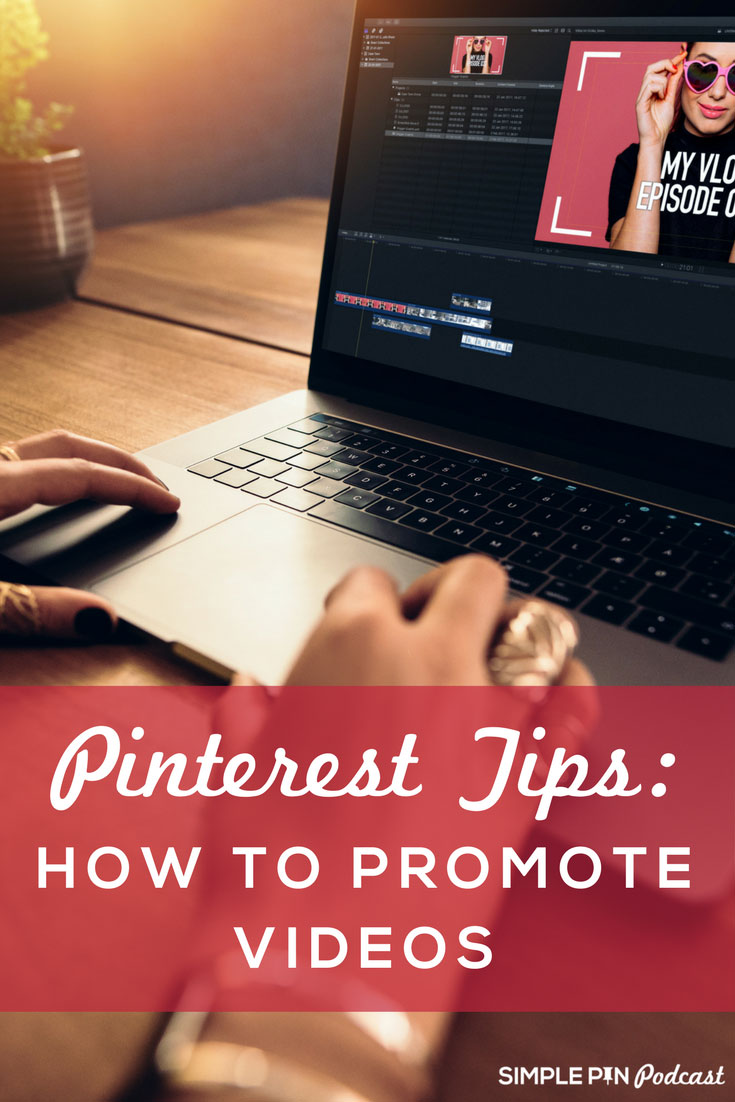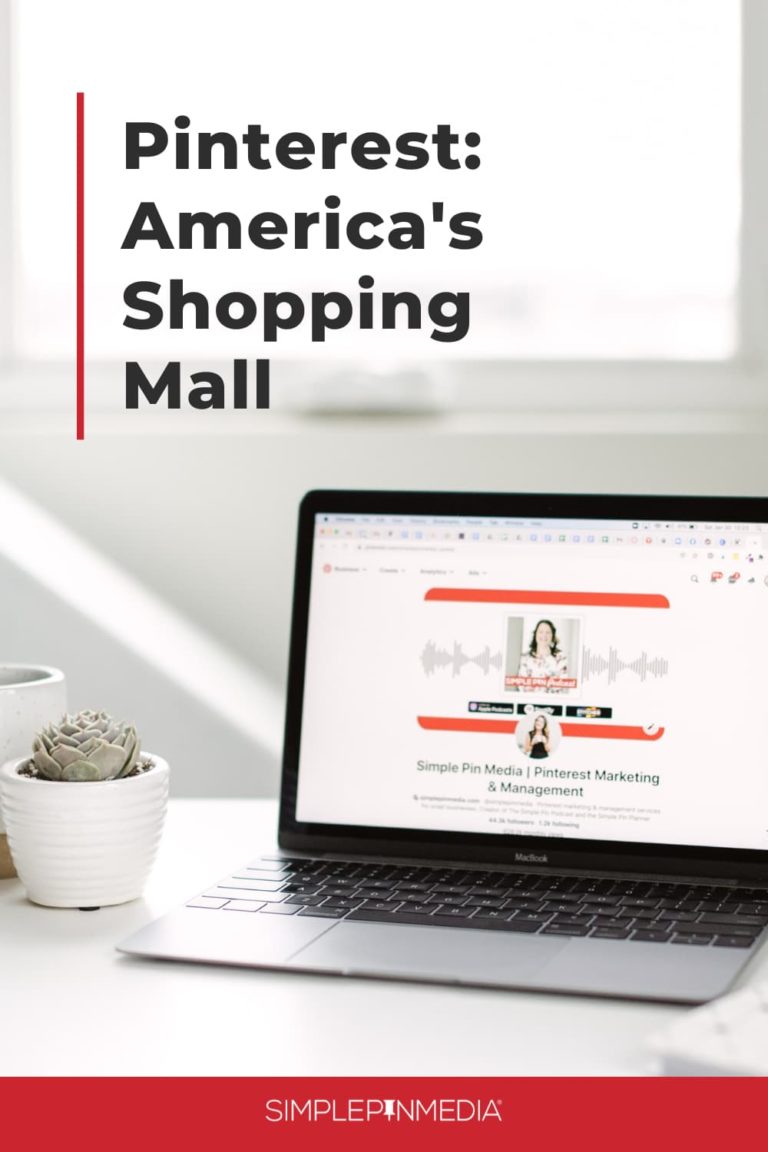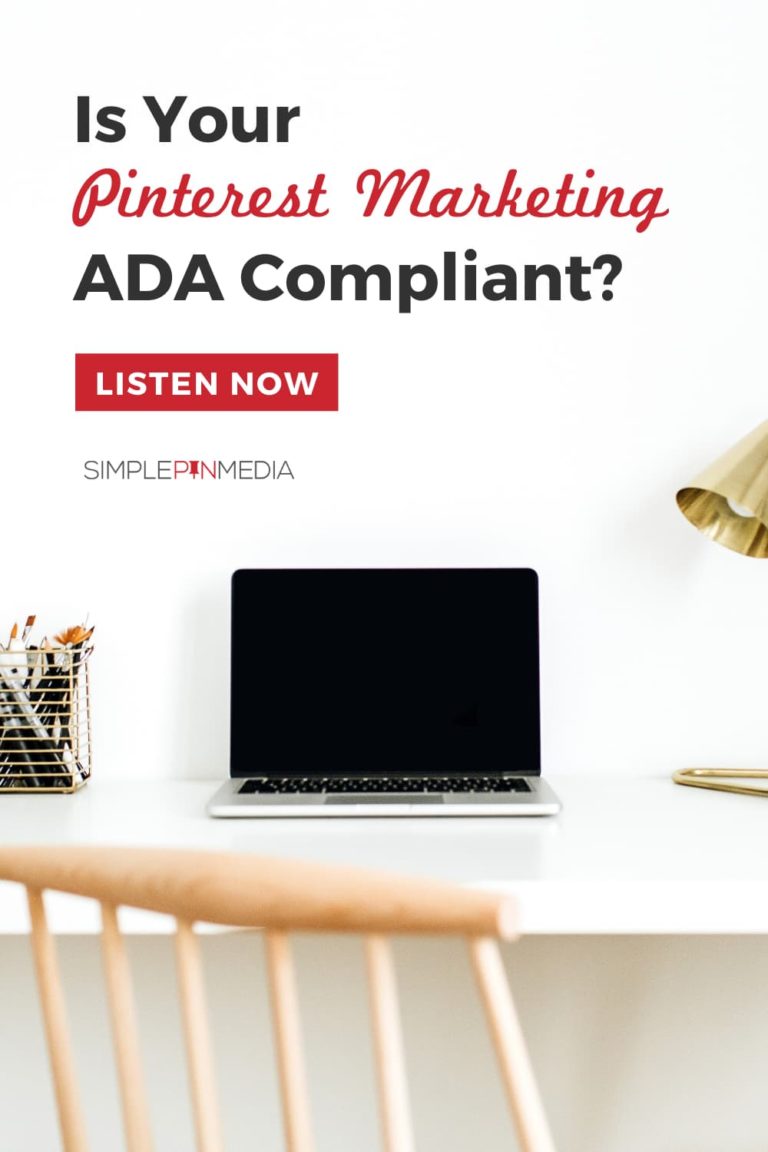If you’ve been around Pinterest marketing or any kind of marketing for a while, chances are you’ve heard the term “funnel”. But do you actually know what it means? Because for the longest time, Simple Pin Media’s founder, Kate, even struggled to understand it. The term can be super elusive. So today we are going to break down what the term means and help you understand what a successful full funnel strategy looks like, specifically when thinking about Pinterest marketing.
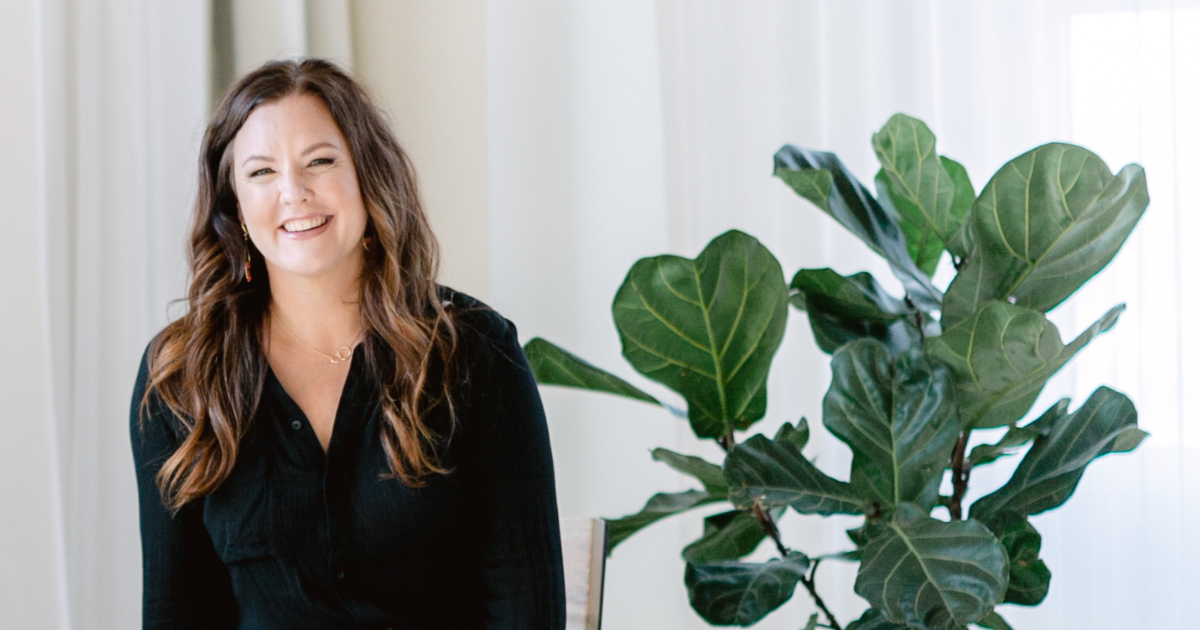
What Is A Funnel?
When thinking about a funnel, envision an upside down triangle. Or think of the thing you grab when you’re pouring something into a jar and you don’t want it to spill over. The technical definition of a funnel would be something along the lines of “a tube that is wide at the top and narrow at the bottom; used for guiding something into a small opening.” So a sales funnel has to do with the approach at which you get people to become aware of, interact with, and purchase your product. Every business generally follows a three-phase structure within their sales funnel, with the goal of getting people to move all the way through your funnel.
Awareness – As a business owner, you might go to different places online, or in person events to build your brand awareness. You show up in places where people might not know who you are. The goal being to to get as many people who don’t yet know you into the funnel. This is the top part of your funnel. It’s the aha moment that your business even exists.
Consideration – Now they know you, and they are weighing all their options. Are you the best person to buy from? You are being considered among all the other options. They’re curious. And then after that, they fall in love with you and they want to buy your products.
Conversion – Now it’s time to make a choice. They decide to get involved in what you have to offer, whether it be signing up for your email list or purchasing a product from you.
The PinterEst Funnel
The Pinterest funnel works in two parts; organic and ads. Let’s take the breakdown from above and make it applicable to Pinterest.
Awareness – The top of the funnel on Pinterest is very similar to above. Pinners are looking to discover something new that helps them achieve their goals. Whether they want nice skin, a new bathroom, or a fun recipe for dinner they go to Pinterest to discover what’s out there. Think about this as the first impression phase. This is where your images and branding are going to capture attention.
Consideration – This is where pinners weigh their options and decide what’s going to work best for them to achieve their goals. They are collecting information to see if what you’re offering will really work for them. Which means this phase should always be informative, and a clear action. Let’s break this down for organic and ads…
When thinking about organic marketing on Pinterest, people are going to learn the most about you by visiting your site. So once you’re image captures their attention, the bulk of the information they will learn about you is through your blog. This is why it is so important to have blog posts, especially if you are in the eCommerce space. Share your before and after experience with a product of yours, give them a DIY tutorial, share a personal story that builds trust with your readers.
This phase is going to look a little different if you are paying for ads. When running ads on Pinterest you can target your people in the consideration phase who have already engaged with your content.
Conversion – By this point in the funnel, they’ve weighed all the options and are ready to make a decision. There needs to be a clear call to action listed on the pin and on your site. Something that encourages them to purchase, like trying it out for 30 days and returning it hassle free if it doesn’t work. Very few people actually get to this point. That’s why sometimes you’ll hear people say their conversion is 1% or 2%. That means of the total number of people that were dumped into your funnel, 1%-4% of people actually said yes and purchased. Those numbers sound small, but these days it’s very hard to get in front of people. It’s become harder and harder to get people to make a buying decision. So don’t be discouraged if it’s a small percentage.
Related: Do Pinterest Ads Have A Place In Your Organic Marketing Strategy?
Testing Your FUll Funnel Strategy
Testing your full funnel strategy takes time. Some people spend a whole year devoted to just testing and trying out new strategies. You’ll need to test different images and different keywords.
From there it’ll take awhile to see what the pinner’s behavior is. Are people clicking on the buy button? Are they abandoning cart? Are you actually closing the sale? Are they signing up for your email list? These are the things to consider when determining if your funnel is converting right.
There’s a lot to consider when you build your funnel. It’s going to take at least three months to really understand what the data is telling you. If you are going to try leaning into a full funnel impact, whether it’s with ads or whether it’s with organic, we even suggest planning for at least six to nine months. That gives you adequate time to learn what the pinner is interested in, including what interests them, which images resonate, and whether video content is effective.
If you are interested in learning more how to create a successful full funnel strategy with Pinterest ads, check out our Simple Pin Ads Society. This is our monthly membership to help you plan, prepare, and launch your own Pinterest ads. This is the best place for you to start testing ads with professional consulting and guidance.
If you are on the organic side of things and wanting to dive deeper into developing your full funnel strategy, start by taking it in parts. A great starting point is to update images if you have not done that recently. We have some awesome customizable templates in our shop. From there, take a look at the pages people are landing on your website. Begin tracking what they are clicking on so can build your funnel from there. Lastly, start looking at your conversion rates.
The digital landscape is constantly evolving in terms of audience engagement. Don’t let it discourage you! If you can take things bit by bit, and learn your full funnel strategy, you’ll be in a great space to see conversions.
Other Simple Pin Resources:
